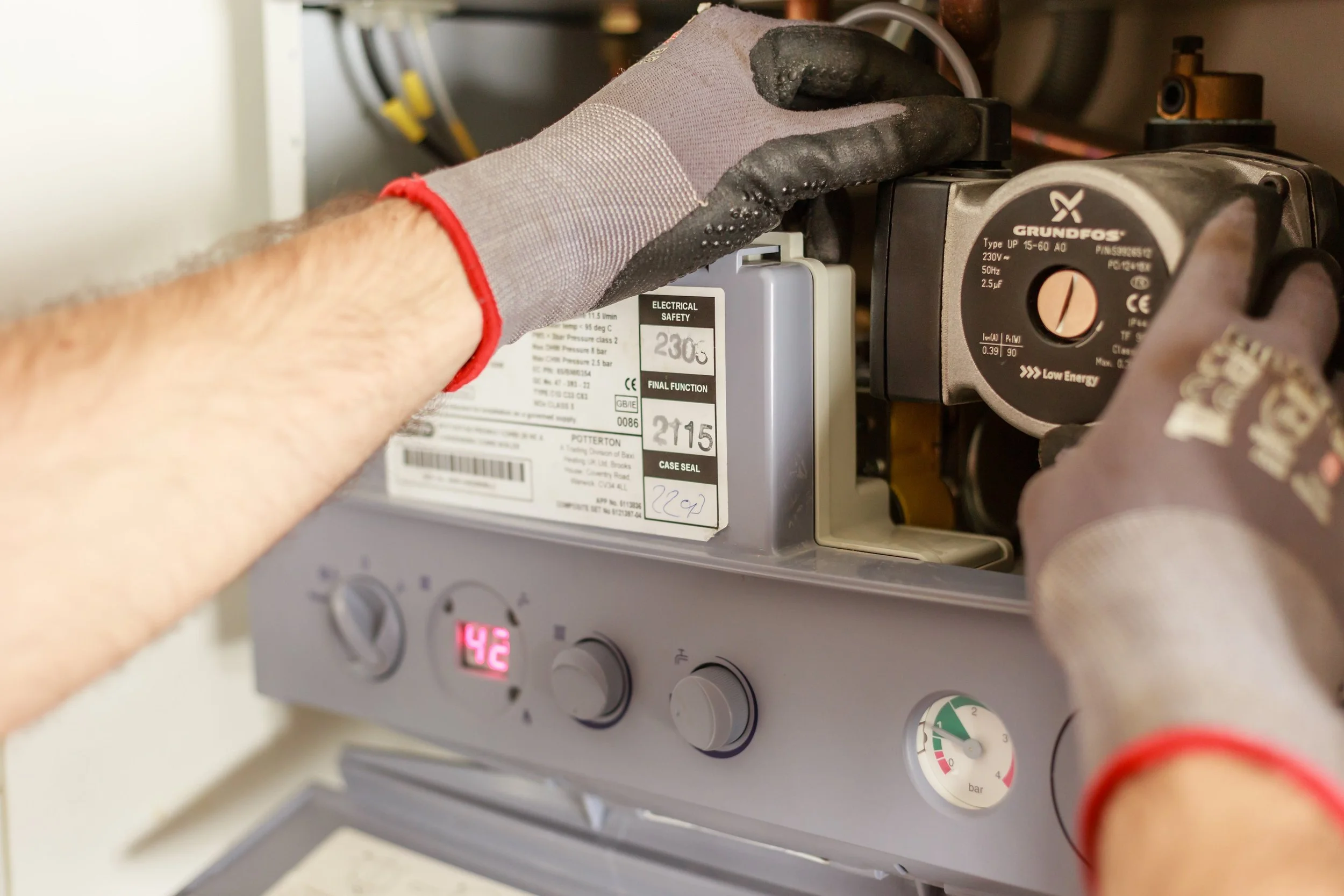How to choose the right roof tiles for your home?
RH Business Marketing Solutions
Tile roofing offers great benefits to homeowners, like durability, aesthetics, sustainability, energy efficiency, etc.
However, there are endless types of roofing tiles in the market. In fact, with the growing choices, the roofing tile market is also expanding vigorously. The roofing tiles market size had a value of $37.4 billion in 2022 and is expected to grow to $55.46 billion by 2029.
Choosing the right tile for your home can be tough with such vast options. So, this guide will help you know your choices and reach a conclusion!
Shape and types of roof tile
The shape and type of the chosen roof tile impact the aesthetics, roof weight, and overall expenses. So, know your options here:
Plain
These are rectangular or bullnose-shaped flat tiles without interlock. They need to be doubler overlapped for weather protection.
They’re hardly used in modern structures and are often used in historic restoration projects. Moreover, they’re heavier and more expensive than interlocking tiles.
Canal/Barrel/Bent/Channel
They are traditional options that are overlapped in alternating convex and concave patterns.
Interlocking
These have single overlaps at the edge, which weatherproofs your roof. Thus, it’s much lighter, more economical, and quicker to install than other double-overlap options.
They are available in various shapes - rectangle, s-shape, channel, flat bullnose, and marseille. Some are even triple-channeled to reduce the number of tiles used.
Double-Style Roman
These are some of the most classic choices among homeowners. Built from concrete, they’re available in several colors - grey, brown, and red being the most common.
They have a unique wavy design that gives more texture and depth to the roof. These are pretty durable and have great weatherproof abilities.
Reclaimed
Reclaimed roof tiles refer to any tile retrieved from old buildings and used in modern construction projects. Since these have a weathered look, they add a rustic element and character to the overall look of your roof.
These are made of clay or slate and available in several colors and shapes. They are recycled and reused and hence eco-friendly.
Roof tile materials
Next, decide which roofing tile material you need. You must also ensure that you get the best quality tile - despite which type you choose. For this, speak to a well-reputed tile roof supply agent. You can also find the best roofer in your locality through their contacts!
Now, let’s know the most common ones listed:
Clay
These are highly durable and strong, and the material is abundant in nature. The most popular shades are red and orange. However, many colored tiles are available nowadays.
Concrete
This is another great alternative to clay tiles. They have comparable lifespans with clay ones and are available in several shapes. They’re economical, hence used in modern structures. However, they are heavier, less durable, and absorb water more than clay tiles.
Slate
This is one of the most long-lasting and attractive choices on the list. It works well both with modern and contemporary themed structures. However, the installation cost is much higher. Some of them are also pretty thin, which makes them fragile.
Glass
These are popular for being recyclable and allowing natural light to enter through the roof. They’re also great if you plan to install a solar heating system. Since they’re available in most shapes and styles, they can also be added to other existing structures.
Metal
Metal roof tiles are way lighter than concrete, slate, or clay ones. They are also available in finishes that make them seem like traditional tiles. You’ll also have options for larger sheets that look like multiple tiles from far away. These take less installation time.
However, the cons are that these get dented and are noisy compared to others.
Plastic
Like metal roof tiles, plastic ones are also light, imitate traditional options, are available in large sheets, and are low maintenance. They are also available in transparent, which mimics the glass tiles.
The cons of this option are that their color fades with time, there’s visible UV damage, and they aren’t durable. While 100% recycled plastic tiles are available, not all sellers provide that. They also have a bad impact on the environment.
Other Considerations
Here are some other things to consider when choosing the right roofing tiles:
Local regulations
You must always crosscheck with local regulations whether your design choice gets permission from the authorities. Some places may have restrictions regarding roof shape and pitch, tile color, shape, size, and material.
Especially if your house is in a protected historical zone, you’ll be asked to follow the same style as the surrounding structures.
Technical characteristics
Before you buy the roof tiles, you must consider several factors to get the right tile suitable for your budget and building structure. They are:
● Tile thickness
● Tile weight every squared meter
● Tile dimensions
● Tile overlap size and installation method
● Maximum and minimum roof pitch
● Warranty for tiles (if any)
● Resistance ratings on the tile - like wind, hail, fire, etc.
● Overall finish
Conclusion
Based on your preferences, house structure, local regulations, and budget, you can determine which roof tiles will work best for you. So, don’t wait any longer; consult with a roofer immediately!










